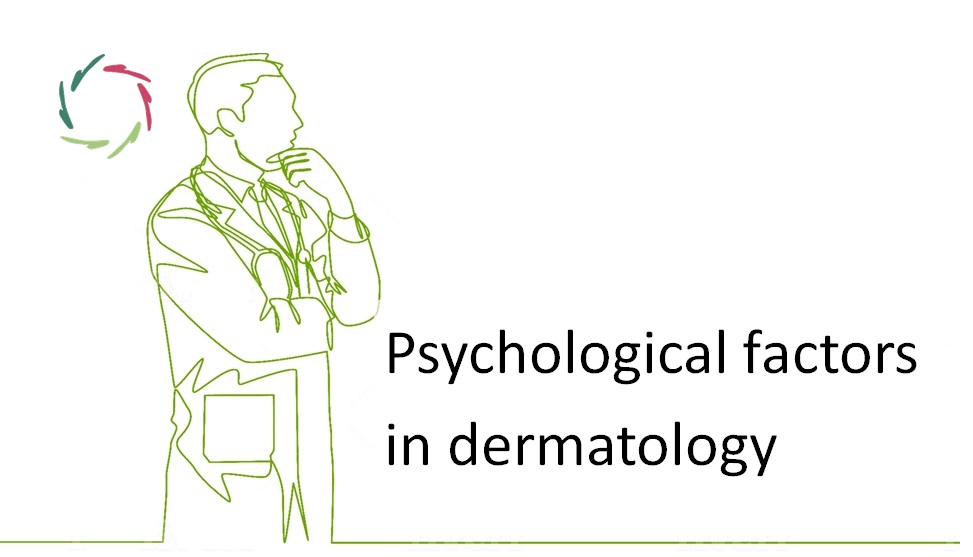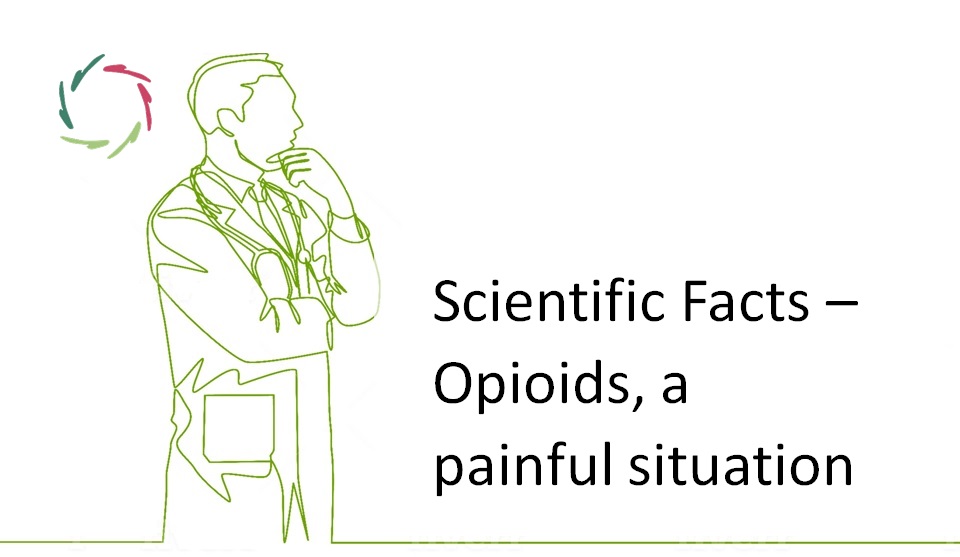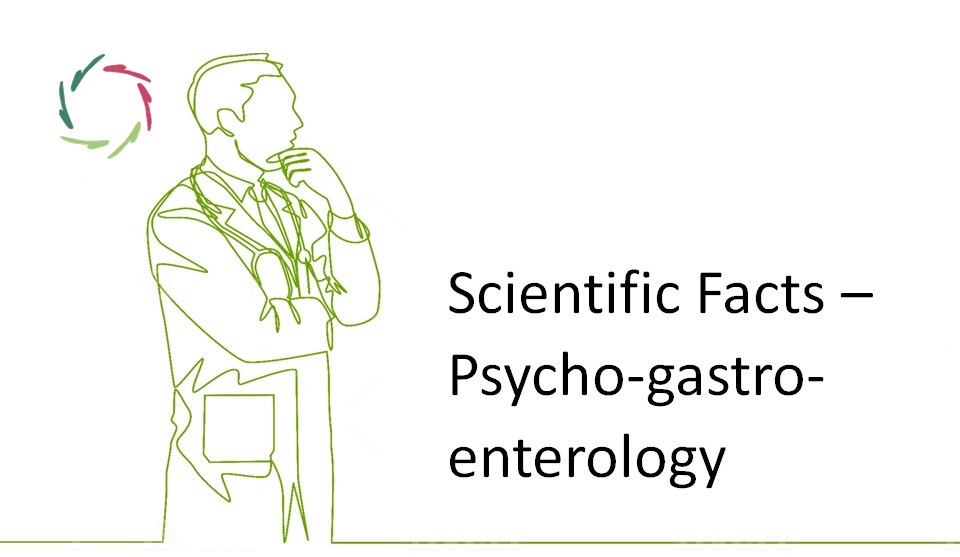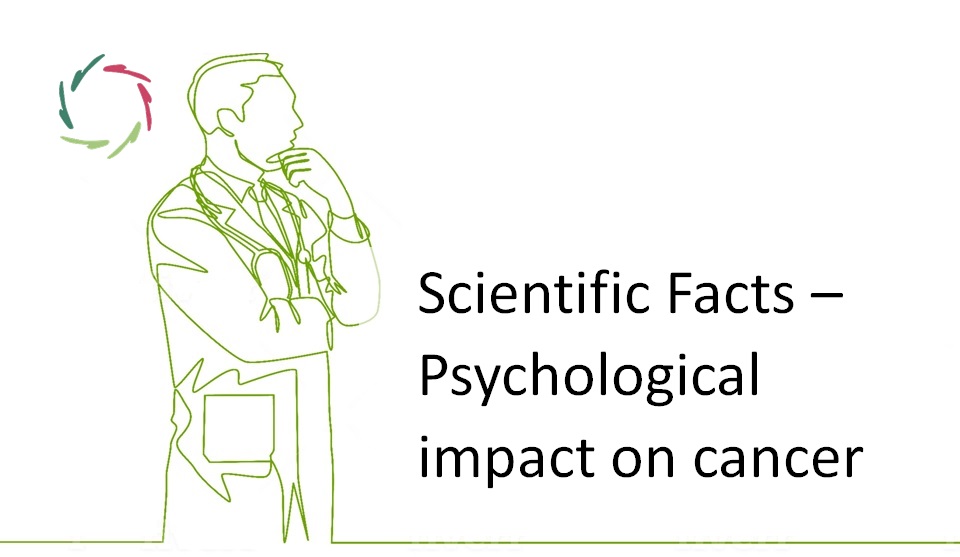Psychological factors in dermatology

“The skin constitutes the largest bodily organ and is bombarded daily with environmental insults, including infectious and toxic agents, allergens, ultraviolet light, and mechanical damage. Therefore, the skin is equipped with innate and adaptive properties to respond to the myriad of environmental factors encountered. In addition to environmental factors, skin also appears especially responsive to psychological stressors. Indeed, a number of psychodermatologic disorders associated with stress have been reported, including psoriasis, atopic dermatitis, pruritus, alopecia areata, lichen planus, and rosacea.” [Hall et al., 2012]
In his 1850 book Diseases of the Skin, Erasmus Wilson characterized several diseases, including alopecia areata (spot baldness), skin hypopigmentation, itching, and delusional parasitosis, as “cutaneous neuroses.” This book is considered the beginning of modern psychodermatology [Rodriguez-Cerdeira, 2011].
Psychodermatology encompasses the interaction of mind and skin. The interest in psychodermatology around the world is increasing. Several organizations are holding regular meetings. Psychodermatology is becoming more and more known around the world. It is well established as a subspecialty. Organizations such as the European Society for Dermatology and Psychiatry (ESDaP) champion clinical and academic advances in psychodermatology, while also enabling the training of health care professionals in psychodermatology [Marshall et al., 2016].
Complex and bi-directional relationships exist between dermatological conditions and psychological well-being. This has been more extensively studied in adults, with research linking the development and exacerbation of skin disease to stress, anxiety, and depression, while, in the opposite direction, psychological symptoms have been shown to contribute to a worsening of skin disease [Gupta et al., 2013]. Likewise, in the pediatric context, evidence supports the notion that dermatological conditions tend to be exacerbated by stress, while, at the same time, children with these conditions appear to be at increased risk of developing concurrent emotional and/or behavioral difficulties [Liao et al., 2016].
The skin is regarded traditionally as the ‘mirror of the soul;’ think of healthy changes such as blushing or becoming pale at certain emotions. This may correspond with the fact that, from the embryological point of view, the skin is created from the same tissue as the nerve system. What probably matters is that the skin is the most ‘accessible’ organ of the body, keeping in mind scratching, rubbing, chafing, picking. Moreover, the skin is visible for others, making it a direct means of communication. Countless dermatological diseases are now also scientifically considered in the broad context of genetic predisposition, personality, and biopsychosocial factors. Also, a more refined diagnosis will certainly cast more light on these associations [Folks et al., 1992].
Skin diseases that are also caused, aggravated, or maintained by mental factors are, among other things: neuro-dermatosis, pruritus, hyperhidrosis, atopic eczema, herpes zoster, psoriasis, alopecia, rosacea, urticaria, trichotillomania, acne, and seborrhea. In this frame, it was also revealed that various psychotropic medicines can influence dermatological conditions, among which sedatives, antidepressants, and antipsychotics. Many studies prove the influence of the following factors: stress, fear disorders, emotional disorders, social support and specific psychological or personality factors — such as perfectionism, hostility or a low feeling of self-value [Shapiro et al., 1997].
Etiology of alopecia areata (AA) or spot baldness suggests a predominantly autoimmune reaction. Correlation between AA and psychologic disorders is reciprocal. The high incidence of depression, anxiety, and deficiency in coping with stress strengthen the role of psychic factors in the pathogenesis of AA [Mulinari, 2018].
Chronic itch (CP) is often associated with psychosomatic comorbidity. Not only anxiety and depression play an important role in the etiology and perception of pruritus, but also internal factors, including personality, mentalization, suggestibility as well as stress. Expectations can also play a role in itch perception that can be modulated by cognitions and behavior of the patient [Stumpf et al., 2018]. Scientific evidence shows multiple biologic and psychologic mediators involved in the process of itch, along with diverse neural pathways of the brain [Jafferany et al., 2019].
In a survey of 5600 patients with psoriasis, more than 30% reported they believed that stress triggered their psoriatic flare-ups [Farber et al., 1974]. In a study of 2144 psoriatic patients, 40% associated the appearance of psoriatic plaques with concurrent life stressors [Farber et al., 1968]. There is a clear association of increased depression and suicidality in patients who are younger or have more severe disease. Although there is evidence that psoriasis treatments can improve both the disease and associated depression symptoms, there are high rates of undertreatment.
In short, many associations are clear. Atopic dermatitis is associated with stress (+/- 70% of cases), anxiety, depression, and neurosis. Psoriasis is associated with stress (+/- 39% of cases), anxiety, depression, obsession, and alcoholism. Hives and angioedema are associated with stress (+/- 51–77% of cases), hostility, rage and depression. Alopecia areata is associated with stress (+/- 23% of cases), anxiety, depression and paranoia.
It seems only right to place a word of warning here. If someone suffers one or other skin disease, this is not necessarily a result of a ‘mental disorder.’ It is rather so that with some people, the skin is intensely sensitive to normal mental factors. With others, this could be the case for the stomach and the intestines, the autonomous nervous system, or something else. Mentally strong people can, on the other hand, use mental powers to employ a positive influence on their symptoms as well as on the causes behind. Let it be clear that this is not possible by mere willpower or ‘positive thinking.’ What is needed is the following: communication with the self; suggestive performance; integration of the symptom-as-symbol in the total personality. The primary aim of this book is to point out that this belongs to the possibilities, and that it is even within everyone’s reach.
It has become increasingly recognized that the best outcomes for patients with psychodermatological disease are via a multidisciplinary psychodermatology team. In addition, there is a growing body of evidence that it is cost-effective to manage patients with psychodermatological disease in dedicated psychodermatology clinics [Marshall et al., 2016].


